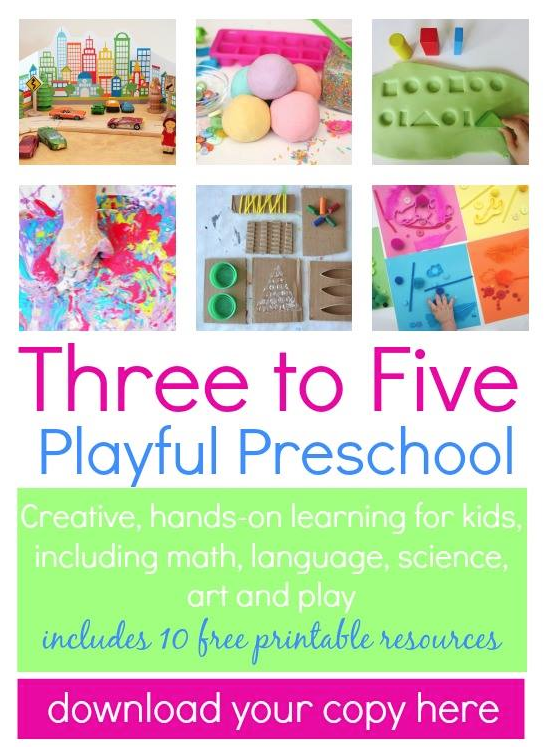I’m notorious for keeping numerous notebooks. I’m even more notorious for keeping little keepsakes loosely tucked into the pages of those notebooks. Lately, those little keepsakes comprise anything with N&M’s emergent literacy; their writing in particular. That first letter to a friend enclosed in an envelope, that first church attendance card filled in by M with his name and that drawing with N’s name written at the top left hand corner of the page.

Whenever people write, they have something to say. This is no different with children who are learning to write.
Being able to write enables children to express their thoughts and experiences. Learning to write, and learning to read, is a huge task. As with all other aspects of literacy, when kids write, they have to think about many things, simultaneously. Writing, like other aspects of literacy, is not easy and can be understandably frustrating and discouraging. Children need plenty of feedback and encouragement.
Here are a few ways parents can help kids write:
1. Focus on the good things rather than the mistakes. Mistakes are part of the process of learning, but by focusing on the good things, children are more likely to remain confident and be prepared to take risks and enjoy writing while they develop their writing skills.
2. Let kids see you writing all sorts of things. E.g. shopping lists, cards, letters, emails, filling out forms, etc.
3. Listen to them as they read their written work. Be interested, limit distractions, value what they say and follow their lead.
4. Provide a dedicated place for writing. Set up a writing area where they can go to independently and write. Make it inviting and have writing supplies readily available.
5. Make personalized books with your children. Collect pictures from catalogues or use photos as writing prompts.
6. Display your children’s writing. Show you value their written work.
7. Keep a family journal. Add something at least once a week – write about special days, achievements, activities, jokes, etc. Read the journal regularly.
8. Give gifts that encourage writing. I love receiving notebooks (lol), but some other gift ideas include specialty papers and pens.
9. Use new technologies. E.g. word processors. Where fine motor skills are hindering the actual physical task of handwriting, using new technologies may help keep children motivated with writing, while they continue to build up their fine motor skills.
10. Write daily. We learn to write by writing. Write every day.
What’s your best tip for helping kids write?
More Activities for Preschoolers
Three to Five: Playful Preschool is stuffed to the brim with tried, tested and loved playful learning ideas for preschoolers. There are 25+ ideas for preschoolers, ten printable resources and additional links to over 50 more activities. A great resource for parents. Download your copy here.
If you enjoyed this post, please consider leaving a comment; I’d love to hear from you. If you are new here, you might like to receive updates direct to your email. We have many fun ideas to share.

















